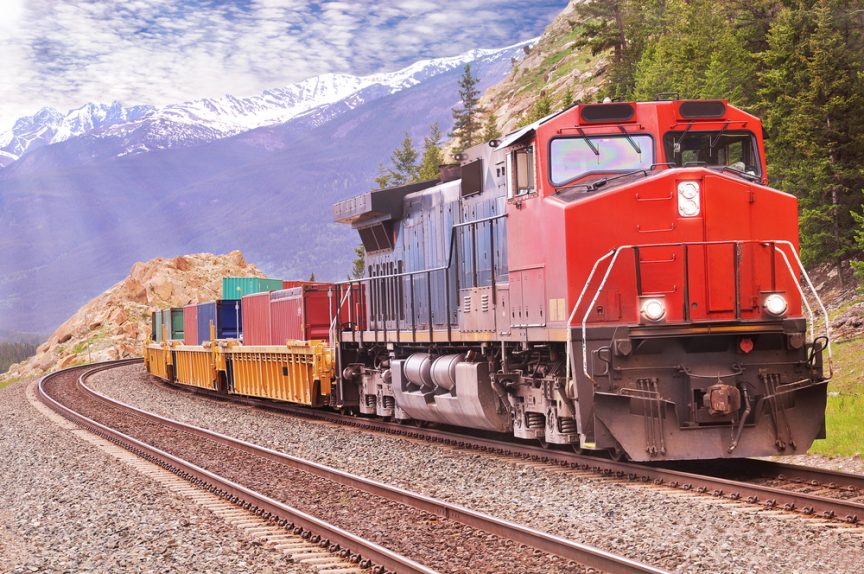Freight railroads in the United States are improving faster than almost any aspect of American infrastructure, but they still require major upgrades in the next few years if operators want to build on that momentum.
While Class I railroads have largely been quite profitable in recent years, analysts continue to stress that the United States’ rail network will need additional improvements to help the freight rail industry keep up with today’s ever-modernizing economy.
According to the U.S. Bureau of Economic Analysis and the American Association of Railroads, total carloads on American freight railroads fell by 4% between 1990 and 2015. Over the same period, the American economy expanded by 83% after adjusting for inflation, and the country’s industrial productivity and industrial imports increased by a compound annual growth rate of 2.7%. While the declining carloads ultimately had little effect on the industry’s overall health, observers still see untapped opportunities for growth in the coming years.
A Helping Hand from Truckers?
Recent laws and regulations have left industry observers with a sense of cautious optimism about the future of freight rail. In particular, many industry insiders have looked forward to the enforcement of the electronic logging device mandate, which requires trucking companies to install tracking equipment in their trucks to ensure that their drivers comply with labor laws.
Rather than invest in expensive ELDs, many shippers could turn to rail as a less regulated alternative, creating a windfall for the industry.
Time for a Change
While the ELD mandate could greatly stimulate traffic on freight railroads, there’s a general consensus that operators need to invest in better infrastructure to ensure that they can meet the demands of today’s consumers. In an interview with Transport Topics, industry analyst Lee Clair claimed that railroad operators need to “rethink the way their companies operate to entice new customers looking for state-of-the-art solutions” and “develop new services [that] create value to shippers to capture new volume.”
Transit Topics noted that the solution may be as simple as adapting the platforms already used by trucking companies to freight railroads. A freight provider, for example, could use data tracking software to record and process shipping data in real time and automatically transmit it to a shipper’s transportation management system, a process that would streamline communications between the carrier and the shipper. This strategy has already proven successful in intermodal transportation, and executing it in the rail industry could prove particularly fruitful.
Keeping the System Running
A freight company’s primary assets, of course, are its trains and the rails on which they run. While recent data gathering technologies and systems of communication might help freight railroads become better integrated into today’s economy, no software platform will keep tracks clear of dust and precipitation.
Fortunately, Midwest Industrial Supply, Inc. has worked with railroad companies since 1975 to develop comprehensive maintenance plans that keep trains running all year round. Our patented rail switch lubrication product Glidex® keeps vertical surfaces such as railroad switches and throw rods properly lubricated for as long as several months while warding off dust and resisting extreme temperatures.
Similarly, our anti-icing agent Ice Free Switch® prevents switches from freezing and refreezing in temperatures as low as -70° F, ensuring that trains run in even the harshest conditions. Non-toxic and non-corrosive, these environmentally friendly products heighten efficiency throughout your rail network without damaging your infrastructure.
Regardless of your company’s needs, Midwest can work with you to develop a reliable and cost-effective solution to all of your maintenance challenges. We stand ready to help Class I railroads roll into 2018.


